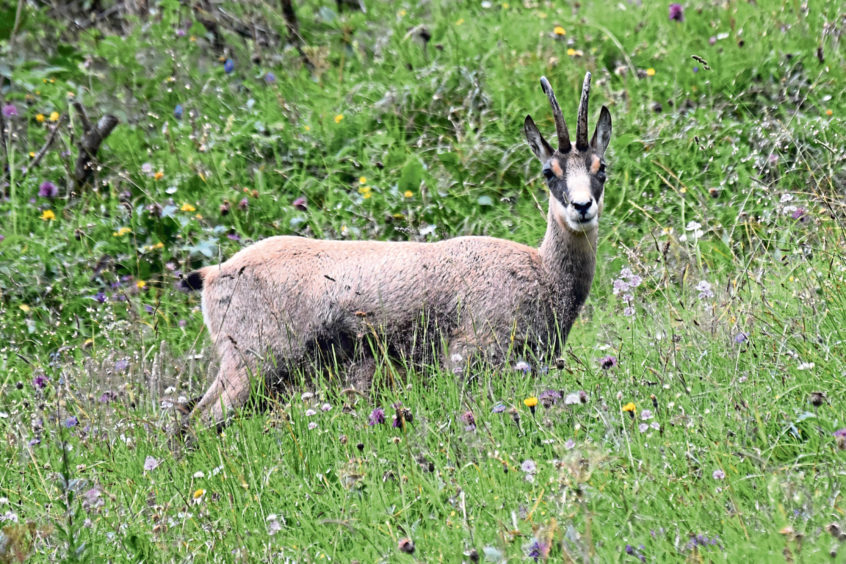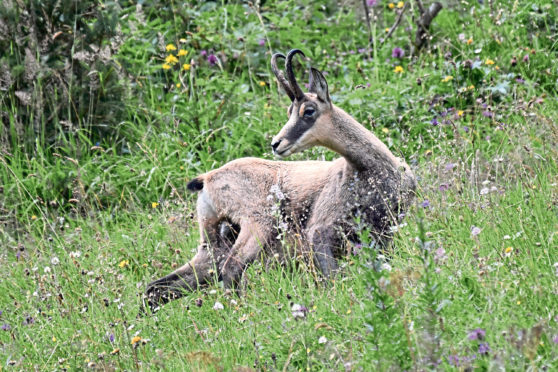Alpine meadows located at 1800 to 2200 metres above sea level can support up to 80 species of plant per 100 square metres and support an incredible diversity of insects and other invertebrates.
An alpine meadow – a natural miracle – and a real sense of wonderment engulfs my soul as I sit in this patchwork of dazzling colour in the high Bernese Oberland of Switzerland. There are wildflowers everywhere; yellows, blues, whites and purples, flowing down the slope like an unfolding mural.
I lose count of the number of different flower types around me – yellow rattle, eyebright, field gentian, bellflower and so many more. It is Heaven on Earth, a place to marvel at nature’s capacity to deliver such vibrancy.
This meadow is a haven for butterflies attracted by the sweet bountiful nectar. Mesmerised, I watch orange-winged fritillaries, marbled whites, chalkhill blues and dark-hued Scotch argus butterflies flutter about in the gentle breeze.
A low trilling from beside me. I gently part the grass and discover a mountain grasshopper, bright green with shiny black markings. In a bounce it is gone, a leap into the unknown, disappearing into the sea of colour.
Alpine meadows are such special places, but also a habitat that needs a helping hand from humankind. Herds of cows, goats and sheep have been kept here by farmers since time immemorial, and without them the flower-filled meadows would vanish. But it is a delicate balance; too little grazing and they would soon be overrun by bushes and forest, with many plants and insects disappearing.

Too much grazing, then flowers become heavily cropped and biodiversity is dramatically reduced by cow dung over-enrichening the thin soil. As ever with nature, if one element becomes out of kilter with the rest, then like a line of dominoes, everything collapses.
There are also wild grazers in the Alps, and earlier in the week we had stumbled upon a lone chamois feeding by the edge of a high mountain track. These goat-like antelopes are elusive creatures, generally preferring the higher slopes above the treeline, but this one seemed unconcerned by our nearby presence.
Even more intriguing was the discovery of an Alpine salamander, a strange black newt-like amphibian that is completely terrestrial and gives birth to live young. I was keen to find one from the very onset of our Swiss holiday, having first encountered this weird species in Austria many years ago.
A small log lies by a forest track. Perfect, for this is the kind of place where these animals like to hide. I gently lift it and strike lucky, for beneath is a sheltering salamander, about four inches long and looking just like a shiny black plastic toy. It scuttles away with a surprising turn of speed.
I catch it, before placing it back under the log. Afterwards, I notice an unpleasant, pungent smell emanating from my hands; the result of a defensive mix of noxious chemicals released by the salamander to discourage predators.
A fascinating animal, and just one element of an incredible natural Alpine cocktail that makes this one of the world’s most stunning environments.










